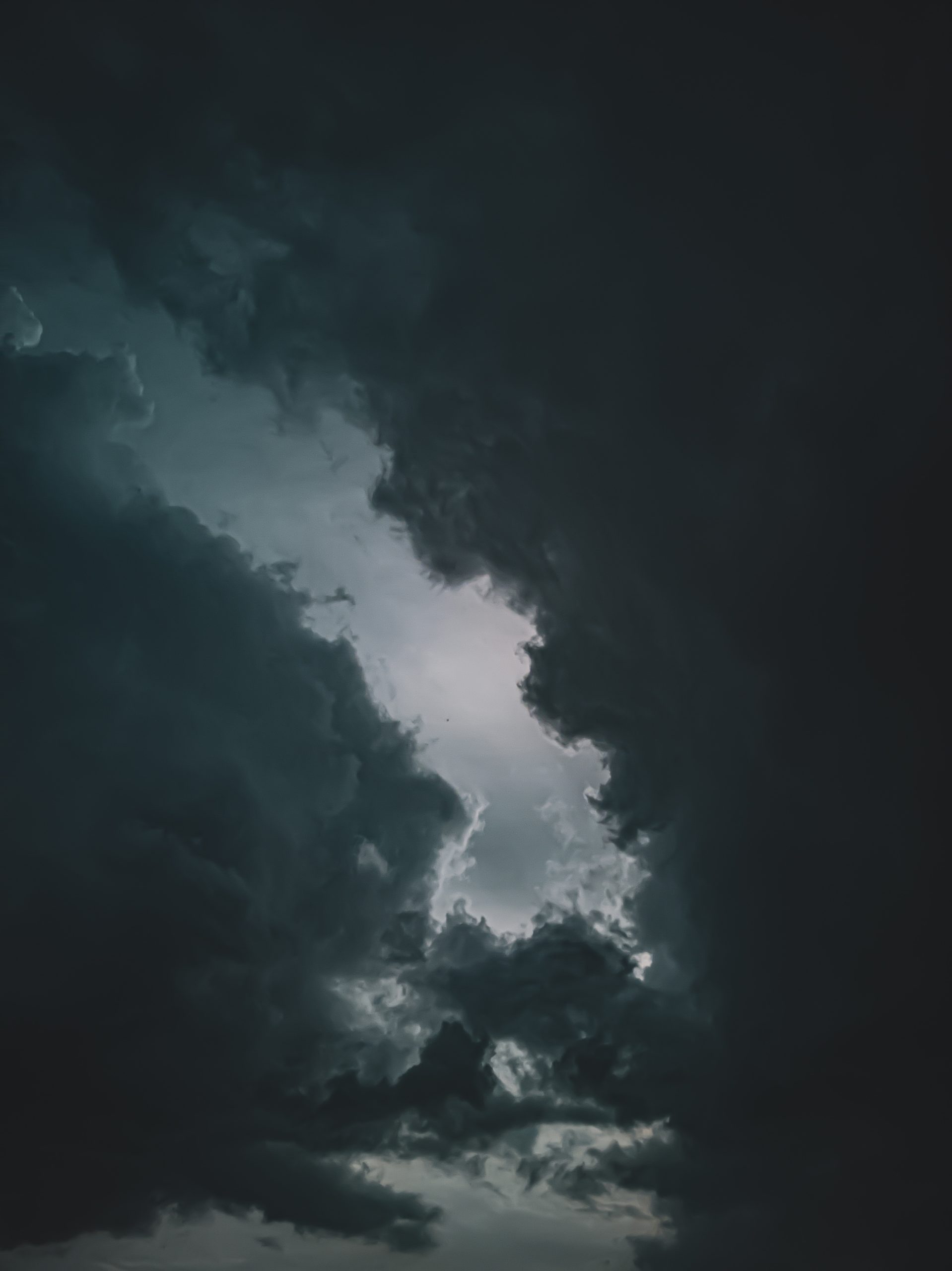I composed Ruah in 1986; it was premiered on 3/27/87, and I am writing about it in 2020! And yet, I remember it vividly! It was the summer of 1986 when I had a residency at the Virginia Center for Creative Arts about an hour down route 29 from my home in Charlottesville. I was composing it for flutist Renee Siebert and the Prism Chamber Orchestra, led by pianist/conductor Robert Black. Renee was then in the NY Philharmonic, and I had first heard her while we were students at Juilliard. I did not get to know her personally before this collaboration, and it was wonderful working with her.
One of the reasons I remember composing this piece so vividly is that I had such a difficult time with it. I repeatedly sketched and ripped up, laid out a harmonic backbone and broke it. While it was a great pleasure to be at the VCCA, and to have the luxury of working for extended hours with no interruptions, progress inched along. I only made it part-way through the first movement before ending my residency. As a former flutist, I had brought my flute with me and tried out all of the various techniques involved – ranging from sung tones to air sounds to special singing with trilled notes. I always find that the vividness of trying out musical ideas myself, or with a collaborator, gives a much richer timbral world to draw from. It is one of the aspects of music that resonates with me most strongly.
Upon returning home, I continued to work obsessively on the piece, and continued the process of sketching, ripping, redoing, moving from larger scale to the most local of details as I charted the three movements. The three movements are Soaring, Tender and Impassioned. The form is unusual, with a very extended opening cadenza, and the other instruments often in a supportive role in the first movement, though at times there are clear and intense exchanges, as well as several more flute cadenzas, and one shared with the clarinet. The second movement starts with a wide-open registral space, pinned to octave E’s, with the flute gradually opening up the space with a lyrical melody. There are outbursts that carry traces of the opening movement, before closing one step down on D. This is typical of my harmonic design, where tonal relationships are clearly built for each individual piece. The last movement inverts the path, with intense sections framing a shorter quiet section. The trajectory of intensities builds to an abrupt ending. The instrumentation was originally for solo flute, oboe, clarinet, bassoon, horn, trumpet, trombone and strings. It was recorded on CRI (Composers Recording, Inc) following the premiere, and re-released on Capstone on Piping the Earth, a cd of my orchestral music. That CD is still available for digital download through Ravello, and can be heard on spotify and other streaming services.
Some time after the premiere, Renee asked if I might create a version for flute and piano. I did so, and she and her sister Cynthia premiered it at the National Flute Association convention in Kansas City on 8/19/94. Renee also performed the piece at the Chicago National Flute Association on 8/17/97, when it was conducted by Ransom Wilson and with the Women’s, conducted by Apo Hsu on 1/23/99. Most recently, last seaspm, conductor Tim Weiss asked that I add a percussion part for a performance at the Aspen Music Festival on August 3, 2019. And, as I was studying percussion at I-Jen Fang at the University of Virginia, I was pleased to add this part, further augmenting the timbral world.
Tim conducted the outstanding performance with flute soloist Mehrdad Gholami and the Aspen Contemporary Players. It was a great pleasure rehearsing with Mehrdad and hearing his extraordinary playing, as well as the other outstanding members of the ensemble.
